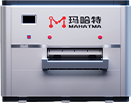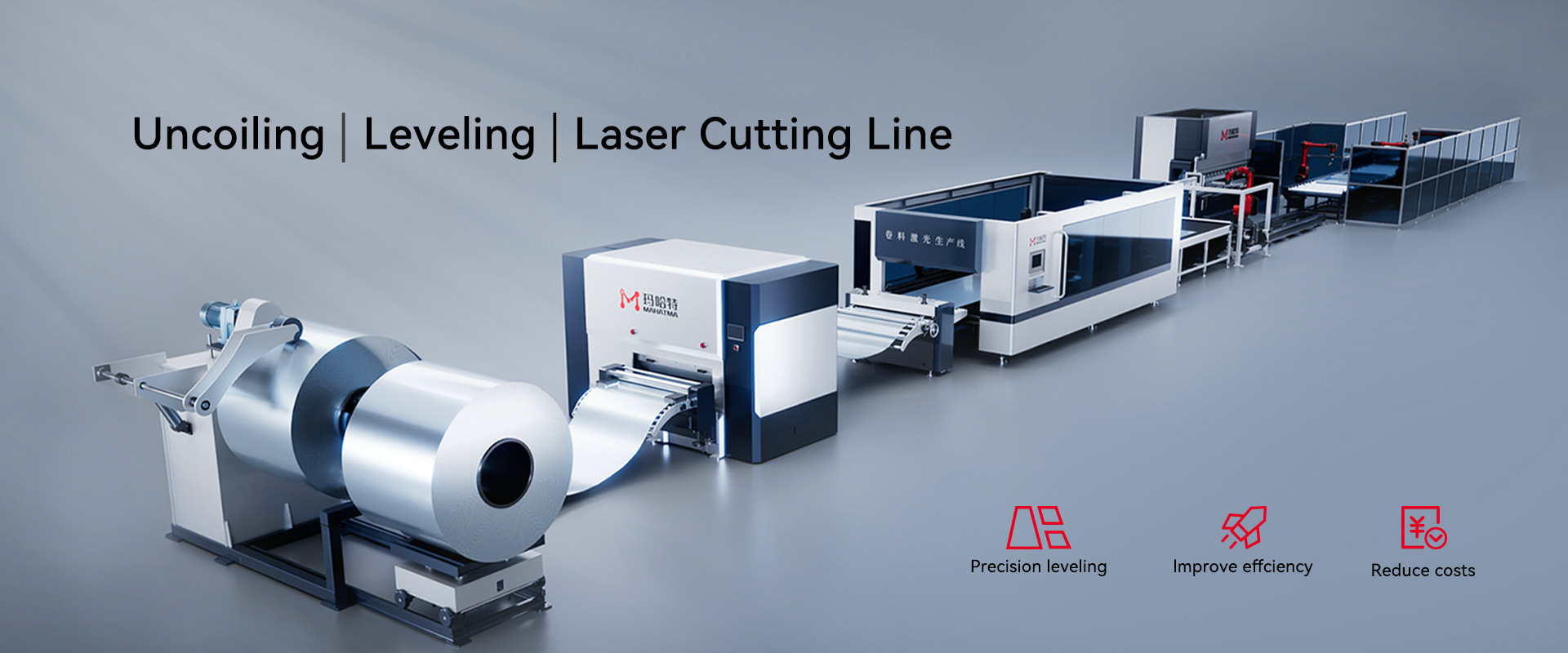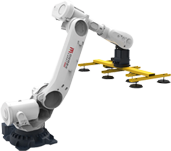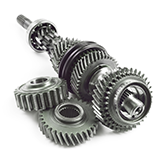Warping and waviness in stainless steel sheets are common issues during production and processing. In such cases, a leveling machine is needed to flatten the sheets. So, how do you select a cost-effective leveling machine to address the deformation of stainless steel sheets with a thickness of 0.8–2.0mm? Today, we’ll break it down in detail.
Stainless Steel leveling machine
Stainless steel sheets with a thickness of 0.8 to 2.0mm exhibit high hardness (HRB 80–95) and excellent elasticity. Therefore, when selecting a leveling machine, special attention must be paid to surface protection, edge cracking, and stress relief.
1. Key Parameters of the Roller System
Number of rollers: 17 to 21, utilizing dense bending to counteract high elasticity.
Roller diameter-to-pitch ratio: 0.8–0.9 to enhance localized pressure and suppress warping.
Support structure: Six-high roller segmented support ensures working roller deflection ≤ 0.02mm/m.
Roller surface treatment: Hard chrome plating with mirror polishing (hardness HRC ≥ 62, surface roughness Ra ≤ 0.1μm).
2. Leveling Force and Pressure Control
Unit pressure requirement: For 304 stainless steel, pressure should be 200–250N/mm² (for 2mm sheets, total machine pressure should reach or exceed 1,800 tons).
Zoned pressure adjustment: At the edges (200mm range), pressure should be increased by 15–20% to compensate for springback.
Thin sheet protection: For sheets under 1mm, total pressure should be reduced by 30% to prevent cracking.
3. Precision Assurance Systems
Flatness monitoring: Laser real-time detection with I-unit accuracy of ±0.05mm/m.
Tilt compensation: Automatic adjustment of entry/exit roller gap difference (±3° range).
Thickness adaptability: Laser thickness gauge synchronized with roller gap, tolerating thickness fluctuations of ±8%.
4. Anti-Damage and Crack-Resistant Design
Surface protection: Nylon brush rollers combined with vacuum dust removal to eliminate particles; polyurethane conveyor belts to prevent scratches.
Edge protection: Entry tension must not exceed 6% of the material’s yield strength; pre-bending devices enable localized overbending of 10–15%.
5. Thickness-Specific Selection Guide
For 0.8–1.2mm stainless steel sheets:
Number of rollers: 19–21
Total machine pressure: 800–1,200 tons
Roller surface roughness: Ra ≤ 0.08μm
Leveling speed: 8–15 meters/minute
For 1.5–2.0mm stainless steel sheets:
Number of rollers: 17–19
Total machine pressure: 1,500–2,200 tons
Roller surface roughness: Ra ≤ 0.12μm
Leveling speed: 12–20 meters/minute
Conclusion
For leveling stainless steel sheets with a thickness of 0.8–2.0mm, a machine with a high number of closely spaced rollers (17–21) and six-high roller support should be selected. It should also feature mirror-polished rollers and zoned pressure control. Key requirements include ensuring unit pressure reaches or exceeds 200N/mm², edge overbending compensation of 10–15%, and surface roughness controlled at Ra ≤ 0.1μm to effectively address springback deformation and surface damage. For mass production, a closed-loop control system is recommended.









